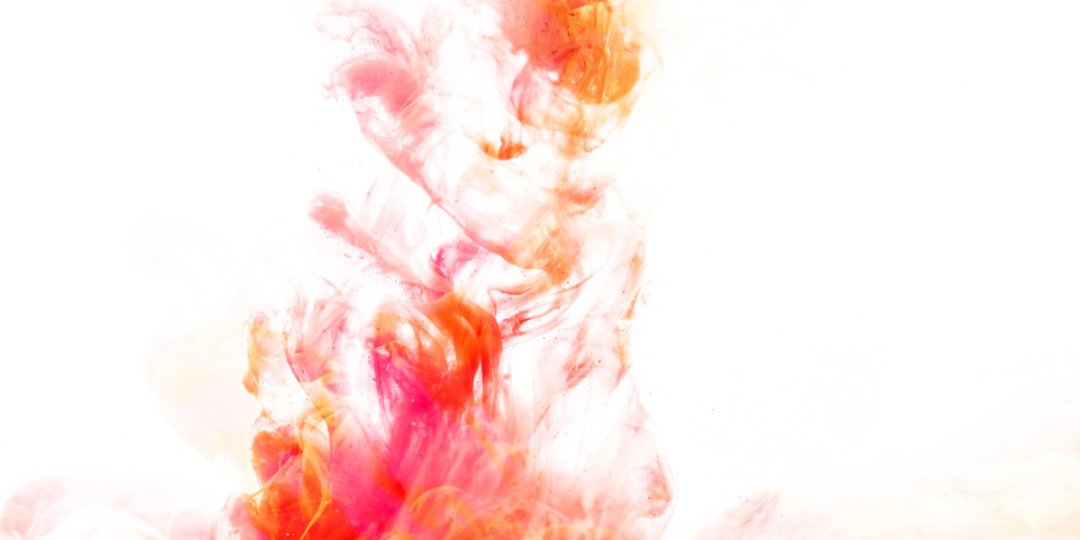Acrylic paint defoaming agent reasonably solves paint foaming
Acrylic coatings continue to innovate in terms of formula, process and application technology, which not only improves performance, such as weather resistance, abrasion resistance, chemical resistance, etc., but also improves construction properties, such as shortening drying time, construction Due to the reduction of environmental requirements, many synergistic additives will be added. This article will introduce the characteristics and applications of acrylic paint defoaming agents.
Cause of blistering
There are various reasons for foaming in acrylic paint during production and use. Some common causes include: introduction of air during mixing operations, release of volatile materials from paint ingredients, contact of paint with moisture, and application under high temperature and humidity conditions. These factors may cause bubbles in the paint.
Foam types and hazards
In acrylic paints, foam can be mainly divided into two types: stable foam and unstable foam. Stable foam will affect the uniformity of the coating film and reduce the coverage and coating effect of the coating; while unstable foam may cause cracking and reduced strength of the coating, reducing the service life of the coating and the quality of the project.
Characteristics of defoaming agents
Acrylic paint defoaming agent is a surfactant that can effectively reduce the surface tension of liquids and destroy the formation and stability of bubbles, thereby quickly eliminating bubbles. Defoaming agents can be divided into surface-active defoaming agents and non-surface-active defoaming agents. Surface-active defoaming agents destroy bubbles by reducing the surface tension of the liquid, while non-surface-active defoaming agents destroy bubbles through physical means.







